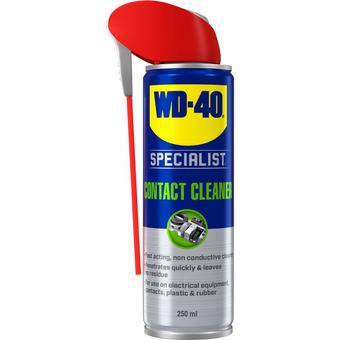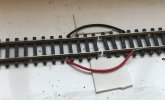Justin Smith
Established Member
I built a 6'x4' N gauge layout in the late 1970s and it has been hanging about (literally, suspended from various garage ceilings....) unused since then, apart from a brief outing in the early 90s ! My son is very keen on getting it working so we have finally got it down.
The first thing I noticed was all the foam underlay/ballast is decomposing to dust. Is it actually necessary to have underlay/ballast because vaccing it all out and pinning the track straight to the (chipboard) base would be much the easiest option ! To my unknowledgeable eye it would seem that pinning the track straight to the board (no foam layer between) would make it lie flatter ?
Some of the track and points will almost certainly need replacing, how does one remove one point (or piece of track) without taking up loads of track either side of it ?
Any hints on getting the electrical connection on the point blades to work better ?
Lastly (for now ! ), I have a "Relco" installed on it which was supposed to improve the pick up of the traction current, is this worth wiring back into the system (from memory, 40 years ago, it did make a difference) ? And if so has anyone any tips on getting it to work well ?
Thanks.
The first thing I noticed was all the foam underlay/ballast is decomposing to dust. Is it actually necessary to have underlay/ballast because vaccing it all out and pinning the track straight to the (chipboard) base would be much the easiest option ! To my unknowledgeable eye it would seem that pinning the track straight to the board (no foam layer between) would make it lie flatter ?
Some of the track and points will almost certainly need replacing, how does one remove one point (or piece of track) without taking up loads of track either side of it ?
Any hints on getting the electrical connection on the point blades to work better ?
Lastly (for now ! ), I have a "Relco" installed on it which was supposed to improve the pick up of the traction current, is this worth wiring back into the system (from memory, 40 years ago, it did make a difference) ? And if so has anyone any tips on getting it to work well ?
Thanks.
Last edited:



